Travelling with pets can be a stressful situation for you and your pet. To help make the journey comfortable and safe, in this article we have provided some top tips on transporting your cat using various methods.
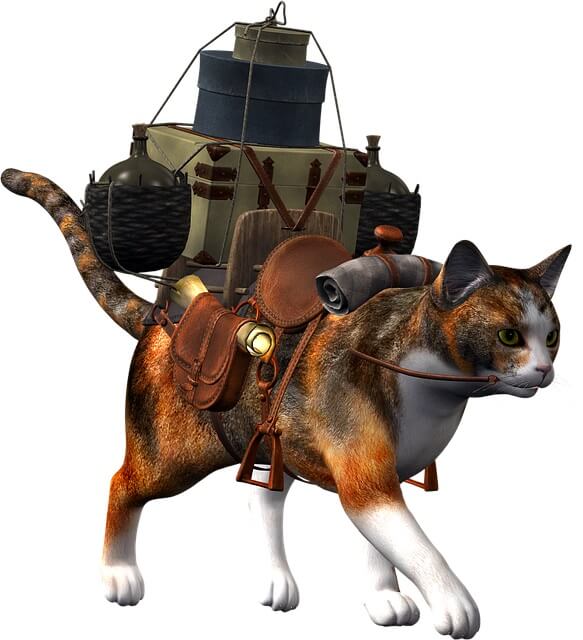
Whether you’re going to the local vet, moving home or relocating to another country, our advice can help make transporting your cat as smooth as possible.
First of all, you need to have a suitable carrier to place your cat in during the transport. The size and the type of the carrier is important as your cat needs to be able to comfortably walk in and out, move around, turn around and lie down inside.
If you are travelling a long distance you may decide to invest in a larger carrier to ensure your cat has plenty of space throughout the journey.
Contents
Let Your Cat Get Used to the Carrier
If you are going to be using a carrier, leave it open in your house so your cat can get used to it. This will help to reduce the stress levels when it comes to travel day as your cat will not be afraid of the carrier.
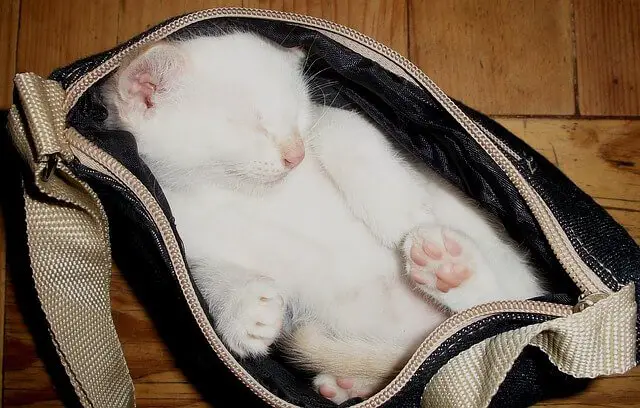
Walking to the Vets
As it can be quite awkward and heavy to walk with a regular pet carrier, you may decide to invest in a cat backpack carrier instead.
Cat backpacks are easy to use, sturdy and allow you to carry your cat while you have your hands free to do other things such as open doors and fill out paperwork. There are many options to choose from, some of which are even airline approved!
The cat backpacks allow you to easily transport your cat without the awkwardness, discomfort and difficulties that come with carrying standard cat crates.
Transporting Your Cat in the Car
Now your cat is used to the carrier you will be using, you should easily be able to close him/her into the carrier and begin your travel. If you are travelling by car you will want to keep your cat in the carrier for the duration of the drive.
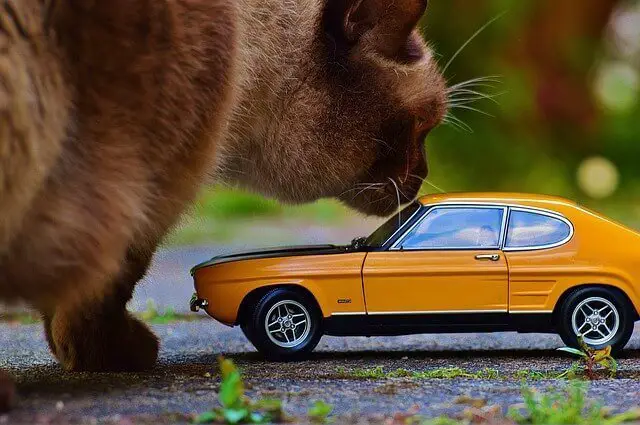
The carrier should be secured to the backseat of the car using a seatbelt or cat harness to make sure it does not slide around or fall off the chair when you are driving. You can also place the carrier in the footwell if this is preferred. If your cat is nervous you can cover the carrier with a blanket or towel.
Regular Breaks Are Essential
Make sure you stop for regular breaks to allow your cat the opportunity to relieve themselves.
By nature, cats will feel very uncomfortable doing their business in a closed space such as the travel carrier so it’s important to stop for breaks.
You should use a collar/ harness and leash to make sure your cat cannot run away, it is important your cat’s collar also has an ID tag just in case.
Travelling via Plane

When you are travelling via plane there are some important factors to consider:
• Which airline allows the transport of pets & do they allow pets in the cabin?
• What are the rules regarding pets at your destination (think about vaccinations, veterinarian check ups/ letters, forms, quarantine etc. if it is outside of your current country)?
• What are the airline rules and travel restrictions?
You will need to make sure the cat carrier you use is ‘airline approved’. The airline should share the requirements with you either on their website or if you enquire directly with their customer care team.
Follow the Rules & Regulations
There are usually rules and regulations to follow regarding transporting a pet that vary depending on the length of travel, the airline used and the country you are travelling to. You will want to make sure you adhere to these rules so your cat has a safe and smooth journey.
It’s likely that there will be a weight limit that your cat and carrier should not exceed, keep this in mind when choosing a suitable crate.
You will also want to include stickers for the crate to indicate to the airline staff the cat is inside, stickers may include “This Way Up” and “Live Animal”.
If you are travelling on the same flight as your cat, you can help ensure your cat is comfortable by staying with your cat for as long as possible before the airline needs to take the crate.
Ask the airline if you can put water into your cat’s crate, you may also want to put pee pads on the bottom of the crate to absorb any spills or urine throughout the journey.
You should also check on your cat as soon as possible after landing.
As an Amazon Associate I may earn a small fee from qualifying purchases at no extra cost to you. This helps us run the site, so thanks for your support!

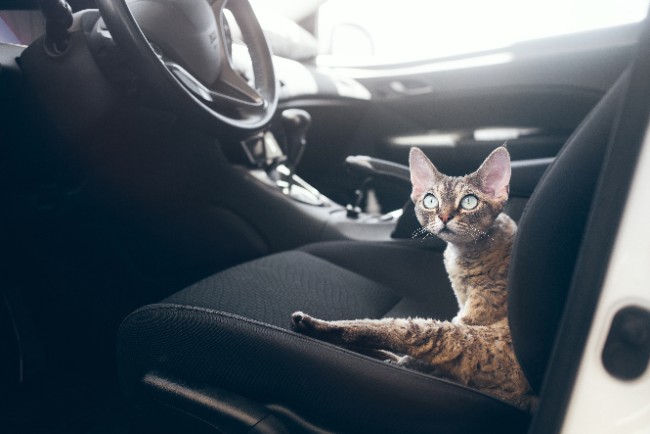
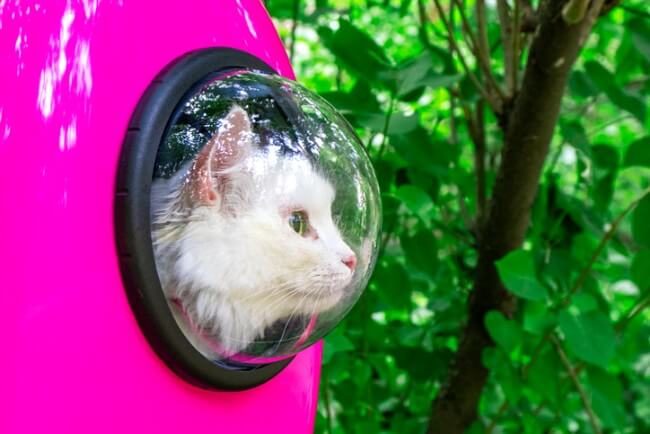
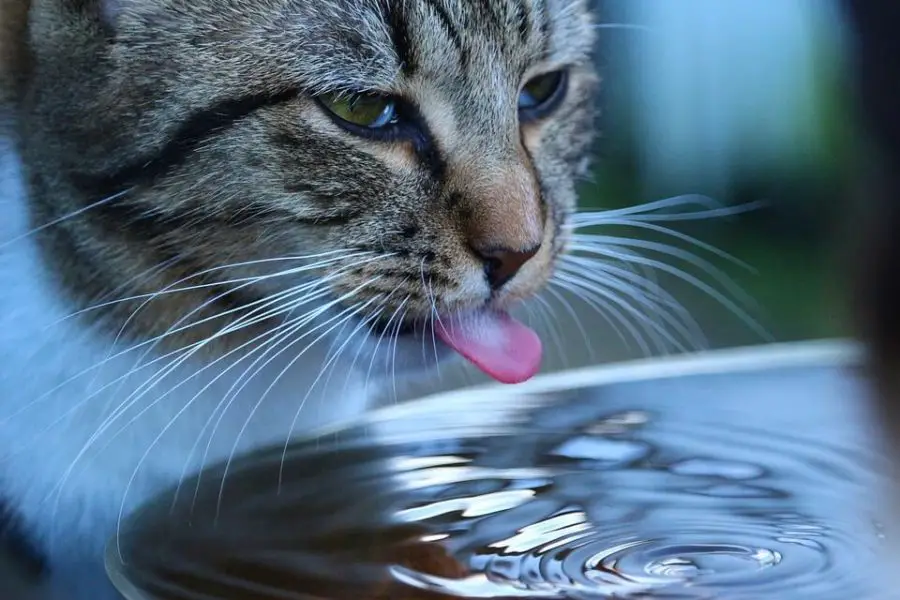



Leave a Comment